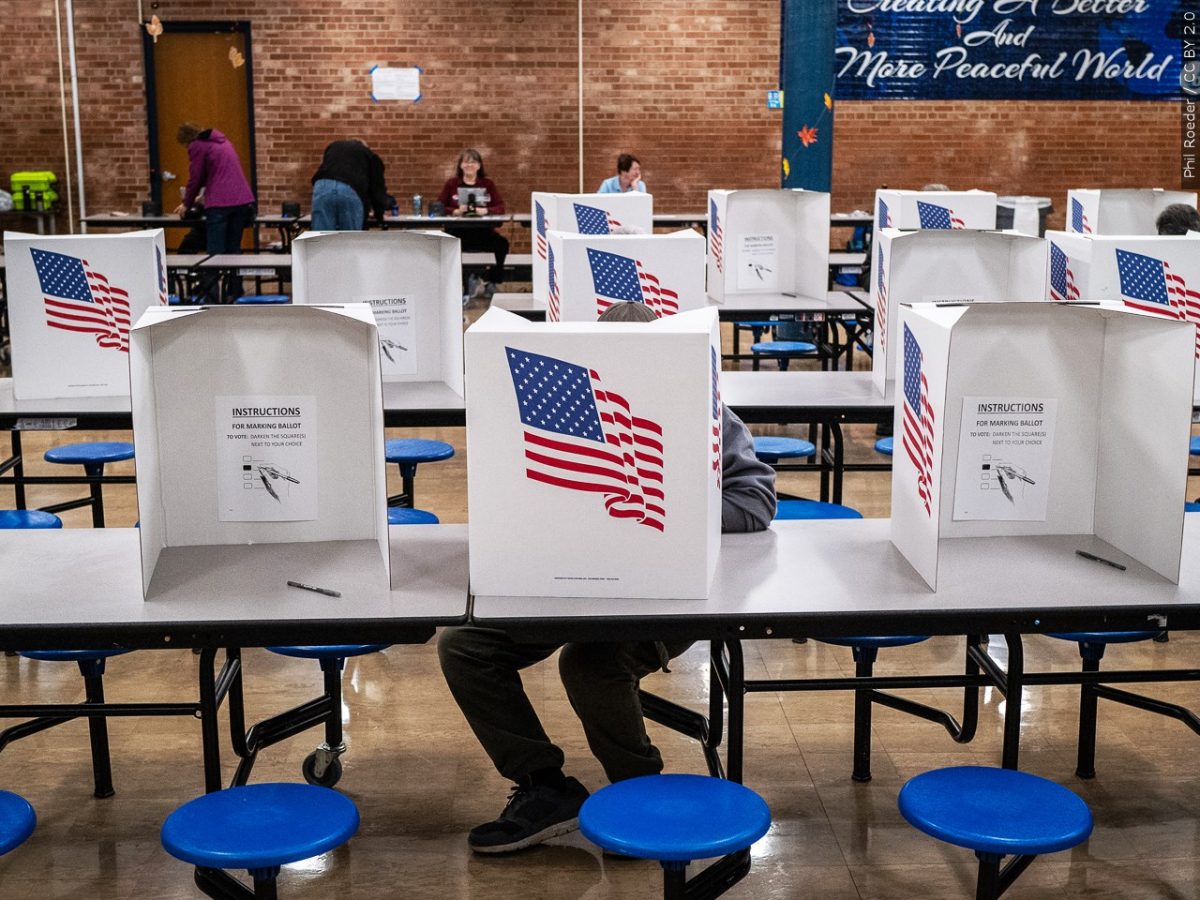
A heated debate is going on in elite sports. It is also going on in high school and college sports around the world, including Weber State. Should transgender women be allowed to compete in women’s sports?
People who say “no” think transgender women have a competitive advantage. They believe this for two main reasons.
First, elite athletic records for men consistently rank 10% higher than elite athletic records for women competing in the same sport. If a transgender woman transitions after puberty, some believe she keeps her male fitness.
Second, women fought for sex-segregated sports and funding. People who say “no” are trying to preserve what is fair for women.
People who say “yes” think that inclusion for transgender women in women’s sports is reasonable. They believe this for two main reasons.
First, every athlete has some sort of a competitive advantage. The fact that these women are transgender does not necessarily give them an unfair competitive advantage.
Second, transgender women’s inclusion in women’s sports is paramount to the health of our society. It is also very important for the health of the transgender population.
Those are the two extreme sides. Most people fall somewhere in the middle of the debate.
Some people in the middle say transgender women should be allowed to compete in women’s team sports like soccer, but not contact sports like MMA fighting.
Others say transgender women should be allowed to compete in the women’s division after hormone replacement therapy, sex reassignment surgery or both.
Still, others say they have no idea what to think.
The answer is found in a much deeper place than debating about what is fair or unfair.
Our American culture has a rudimentary understanding of sex and gender. The average American thinks that a person is either female or male. People think that two things determine whether a person is female or male.
The first is chromosomes. If a person has two X chromosomes, they are a female. If a person has one X and one Y chromosome, they are a male.
The second is hormones. If a person is female, they have a lot of estrogen. If a person is male, they have a lot of testosterone.
That is what is taught in high school, so that is what most people believe.
But it is not that simple.
There are 14 recorded deviations from the typical XX or XY. The deviations show up surprisingly often in the population. Some of the deviations have no visual signs. Others have many visual signs. Others, still, have only internal signs.
Some deviations have a negative impact on development. Others have no impact. Others, some would argue, have positive impact.
Then there are hormones. Testosterone and estrogen are just two of over 30 sex hormones found in females and males. All those hormones interact with one another in ways that still puzzle our modern science.
Hormones are so powerful that they can make someone with XX chromosomes partially male. They can also make someone with XY chromosomes partially female, like Caster Semenya, an intersex track athlete competing with women.
Sex is not simply male or female. Sex is a continuum with absolute male on one end and absolute female on the other.
Transgender women and transgender men are somewhere in the middle of the sex continuum. They interact with a social reality that rigidly divides sex into two categories every day. They are people who have looked at the other side in longing and have mustered the courage to cross over.
It is not easy. It is not fair.
What transgender people feel is a reflection of their natural biology. Their internal emotions and wants are in line with their chromosomes, hormones, experiences and the interactions of the three.
The sex assigned at birth is based only on genitalia. It is highly likely that someone’s genitalia are an inaccurate predictor of their sex, and especially their gender.
People say insensitive and hurtful things about transgender people like, “She is biologically a man,” or, “She was born male,” or, “I was born a woman therefore I am more of a woman,” because of our society’s oversimplification of sex and gender.
This is not a matter of being politically correct. This is a matter of being informed on biological sex past rudimentary high school instruction.
Transgender women athletes are not the problem. Two-way sex-segregated sports and our education are the problems.
If we grew up with the understanding that people are born female, male, both, and neither, news outlets and social media forums would not be parading transgender female athletes around like freaks who are ruining women’s sports. The news circuit’s characterization of transgender female athletes is cruel to the demographic.
Fairness is an ideology as much as inclusivity is an ideology. Nature is not fair. We have tried our best to make competitive sports fair. It is up to us to decide how committed we are to the ideal of fairness. The solution must be fair for women, fair for transgender women, fair for men, fair for transgender men, and fair for intersex women and men.
These situations should be decided case by case. The decision should be based on comprehensive physicals that take more than chromosomes and testosterone into account. They should take into account the sport as well. Women’s competitive advantage comes into play in precision sports, like archery, and distance sports like marathons.
The Olympic Games’ ruling body issued a standard that says if a person undergoes hormone replacement therapy for at least one year, that person can compete in the women’s division.
Many high schools and colleges have followed that example, including Weber State.
But that still leaves open the possibility for an unfair competitive advantage. After all, testosterone is just one piece of the puzzle.
There is science that supports transgender women having an unfair advantage even after hormone replacement therapy. There is also science that supports transgender women being within the range of female ability after hormone replacement therapy.
Transgender women can feel a loss of power, speed, slower reaction times and more changes in ability with hormone replacement therapy. But is it the magic 10% below their previous ability?
The transgender woman’s body may have naturally been within the range of female ability even before hormone replacement therapy.
This is all to say that every person is different. There are so many variables that a one-size-fits-all solution would not be fair for anyone.
These unfair competitive advantage accusations should be handled at the community level. They should include respectful dialogue between people who are immediately affected. These dialogues should include science and lived experience. Before female athletes accuse another athlete of an unfair advantage, she should try talking to that athlete.
The transgender woman athlete should seek a physical that tests muscle volume, muscle to body weight ratio, reaction time, sex hormone levels, and sport. The test should find how she measures up compared to other female athletes her age. If she is over 10% in the majority of those factors when compared to other female athletes in the same sport, she has a competitive advantage.
The truth is that we have sports competitions that do not align with our understanding of human biology. It is discriminatory to tell a transgender or intersex person that they cannot compete where they belong because an unfair competitive advantage has not been proven.
Transgender people are good people. They deserve to participate in sports. Transgender women athletes are not a threat to women’s sports. We should seek reliable science on transition and seek out the stories of transgender women athletes.



















